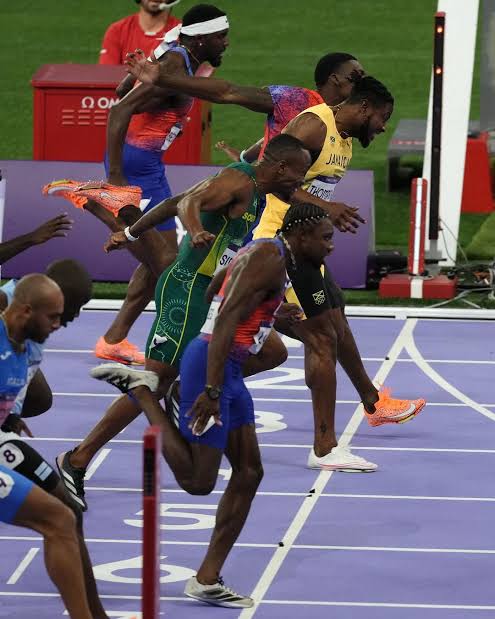
In the high-stakes world of elite sprinting, the difference between gold and obscurity is measured in hundredths of a second. So when a subtle yet legal technique begins to redefine what’s possible at the start line, it forces us to ask a deeper question: is it fair?
This controversy revolves around a new interpretation of how sprinters position themselves on the blocks. Traditionally, athletes are expected to maintain a still, balanced posture before reacting to the starting gun.
But some sprinters — taking full advantage of biomechanical precision and a gray area in the rulebook — are using micro-adjustments and pre-launch tension loading to trigger explosive starts. The results are undeniably effective. These athletes aren’t jumping the gun, but they’re bending the definition of a “reaction.”
The technique involves an intentional loading of the hamstrings and calf muscles, creating a barely perceptible shift in body weight just milliseconds before the gun fires. This allows a more forceful and immediate push-off — all within the legal reaction time threshold of 0.1 seconds. Critics argue this borders on a false start disguised by science; proponents say it’s the evolution of athletic performance.
World Athletics, the sport’s governing body, has yet to classify this movement as illegal. And why would they? There’s no specific rule that prohibits pre-tensioning, as long as the athlete doesn’t move before the gun. However, this tactic gives a distinct advantage to those who have both the coaching sophistication and technological support to master it. It’s a loophole — a legal one — but potentially an unfair one.
The controversy mirrors similar debates in other sports. Think of the super suits in swimming, which shattered records before being banned. Or the carbon-fiber shoes in distance running, which revolutionized marathon times. In each case, the innovation was within the rules — until it wasn’t. Sprinting now finds itself at a similar crossroads.
More troubling is the equity issue. Wealthier nations with access to cutting-edge sports science can train athletes to exploit this start-line gray area. Meanwhile, competitors from less-funded programs may never even be aware of the biomechanical edge they’re missing, let alone train for it. The playing field becomes skewed — not because one athlete is more talented, but because one athlete is better resourced.
Athletes have always sought every possible edge. That pursuit is part of what makes sports great. But when a legal advantage begins to erode the principle of fair competition, the sport must reassess. Sprinting is meant to test raw reaction, power, and speed — not who can most precisely manipulate technical ambiguities.
World Athletics faces a difficult choice. Do they let the innovation stand and risk compromising the spirit of equal competition? Or do they step in and clarify the rules, even at the cost of stifling performance evolution?
One thing is clear: the future of sprinting will be shaped not only by who crosses the line first, but by how they left the blocks. And in that instant between stillness and motion, fairness may hang in the balance.
Be the first to comment